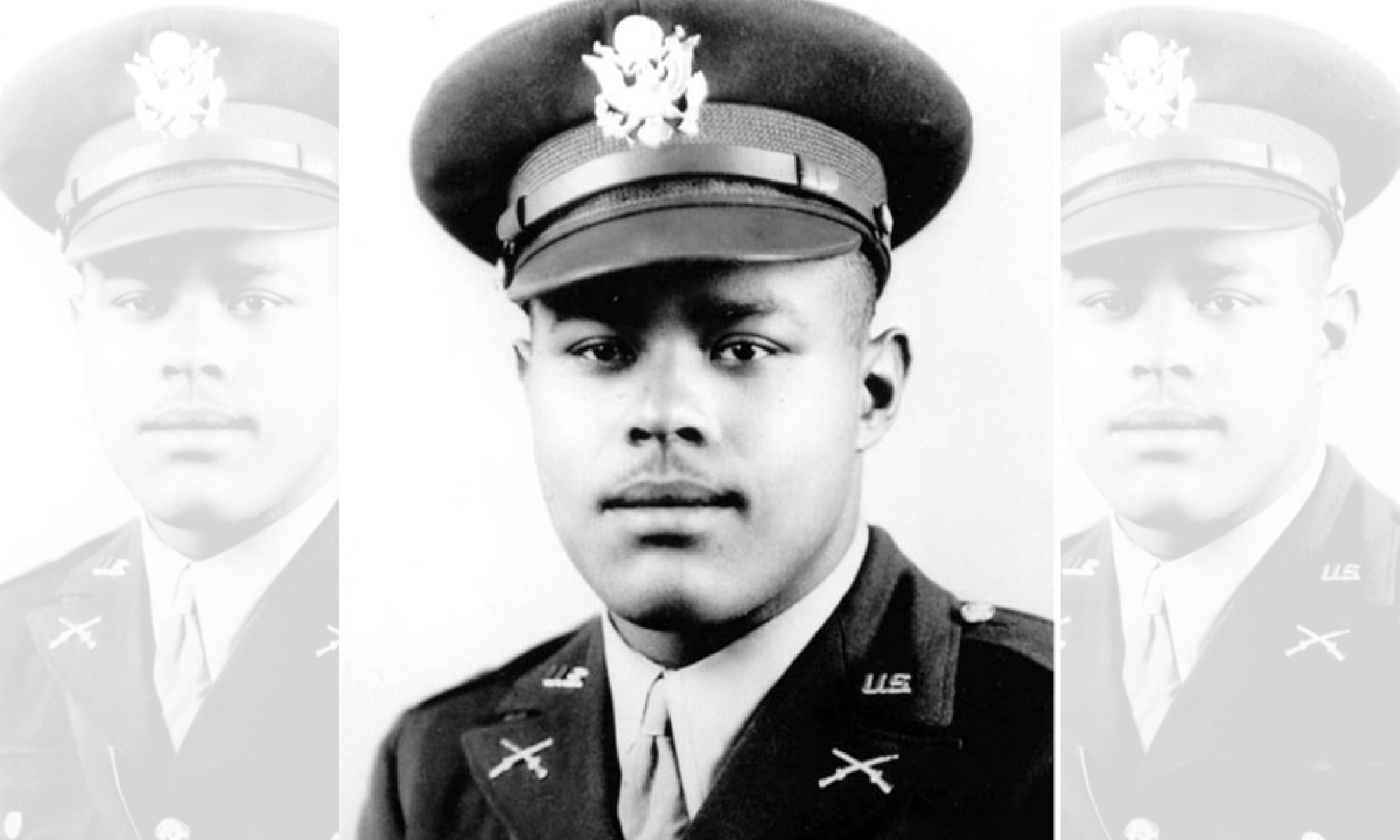

The ride-hailing company is in talks to help Mr. Kalanick, who was forced out in 2017, buy an autonomous vehicles start-up as the robot taxi service Waymo gains momentum.
Uber is increasingly grappling with competition from self-driving taxi services like Waymo. Now the ride-hailing giant is taking more action to deal with that threat.
Uber is in talks with Travis Kalanick, the company’s co-founder who was forced out in a boardroom coup eight years ago this month, to help fund his acquisition of the U.S. subsidiary of a Chinese autonomous vehicle company, two people with knowledge of the matter said. The company, Pony.ai, was founded in Silicon Valley in 2016 but has its main presence in China, and has permits to operate robot taxis and trucks in the United States and China.
The talks are preliminary, said the people, who were not authorized to speak about the confidential conversations. Mr. Kalanick will run Pony if the deal is completed, they said. It is unclear what role, if any, Uber would take in Pony as an investor.
Financial details of the potential transaction could not be determined. Pony went public last year in the United States, raising $260 million in a share sale. Its market capitalization stands around $4.5 billion.
If the deal goes through, Mr. Kalanick, 48, will remain in his day job running CloudKitchens, a virtual restaurant start-up that he founded after leaving Uber in 2017. He would also work more closely with Dara Khosrowshahi, who took over as Uber’s chief executive after Mr. Kalanick’s ouster.
The discussions are the starkest sign yet that Uber is under pressure from Waymo, the driverless car unit spun out of Google, and other autonomous car services. This month, Tesla also unveiled a limited robot taxi service in Austin, Texas. Over time, these autonomous vehicle services may replace or eat into rides from human drivers. In cities like San Francisco, where robot taxi services are available, the vehicles have become ubiquitous and are popular.
An Uber spokesman declined to comment on deal talks and said, “Uber has a platform strategy, and we intend to work with multiple players in the U.S. and around the world who can safely bring autonomous technology to the world.”
Devon Spurgeon, a spokeswoman for Mr. Kalanick, did not immediately have a comment. Pony did not immediately respond to a request for comment.
When Mr. Kalanick was Uber’s chief executive, the company tried developing autonomous vehicle technology. It then bought Otto, a self-driving trucking start-up run by Anthony Levandowski, a former Google engineer. Google later sued Mr. Levandowski for theft of trade secrets and sued Uber to bar it from using its self-driving technology.
Under Mr. Khosrowshahi, Uber has taken a different tack to self-driving cars. The company has struck roughly 18 partnerships with autonomous vehicle companies like Wayve, May Mobility and WeRide to bring pilot programs for driverless car services into Europe, the Middle East and Asia.
The goal, Mr. Khosrowshahi has said in podcast interviews, has been to put “as many cars on Uber’s network as possible.” He has maintained that while autonomous vehicles are growing steadily, ride-hailing networks will have both human and robot drivers for years.
Today, Uber both competes and collaborates with Waymo. In Phoenix, riders can order a Waymo car through Uber’s app. In Austin, Waymo’s robot taxis don the Uber logo. But Waymo has also expanded into more cities, potentially biting into Uber’s business. And in San Francisco, Waymo customers are required to use the Waymo app to order rides.
Uber is also watching Elon Musk, who has promised a wider rollout of Tesla’s self-driving taxis and has declined to team up with Uber.
Mr. Kalanick has grown interested in robotics over the past year, according to two people who have spoken with him. He has brought robots into some of his CloudKitchens to prepare food for customers and has experimented with automated kitchens building food bowls for delivery. He has also become enamored with robots that traverse streets to deliver food to people.
Pony.ai has been in a precarious situation. In 2019, President Trump’s first administration passed an executive order aimed at eliminating reliance on Chinese technologies in American services, citing national security concerns.
This year, the Commerce Department passed a rule that forbids autonomous vehicle software used in the United States to be operated or maintained by any Chinese entity. The department set a deadline for March 2026.
Pony has prepared its U.S. subsidiary of the business for a sale or spinoff. Its engineers “forked” the source code of its technology in 2022, and the software running on autonomous cars has for the past few years been developed in the United States and not in China, two people familiar with the matter said.
Apart from Uber, Mr. Kalanick is working with other investors to finance a possible transaction of Pony.
Mr. Kalanick’s early years at Uber were marked by clashes with regulators and other Silicon Valley executives, led by his pugnacious streak. Despite his reputation — or perhaps because of it — Mr. Kalanick brute-forced Uber into a dominant position in the ride-hailing market and toppled traditional taxi services in the process.
Since his acrimonious exit from Uber in 2017, Mr. Kalanick has kept a low profile, working on CloudKitchens and quietly investing in other start-ups. Only more recently has he begun reappearing in the public eye, making a guest appearance at the “All-In” podcast’s conference event in Los Angeles last September and at Mr. Trump’s inauguration parties in Washington in January.
Over the past year, Mr. Kalanick and Mr. Khosrowshahi began speaking more frequently, two people said. They discussed robotics, food delivery and the growth of Uber Eats and CloudKitchens, along with the rise of self-driving cars. Those talks, along with the passage of time, have led to a thawing of the once icy relationship between the two men, the people said.








-3.png)



